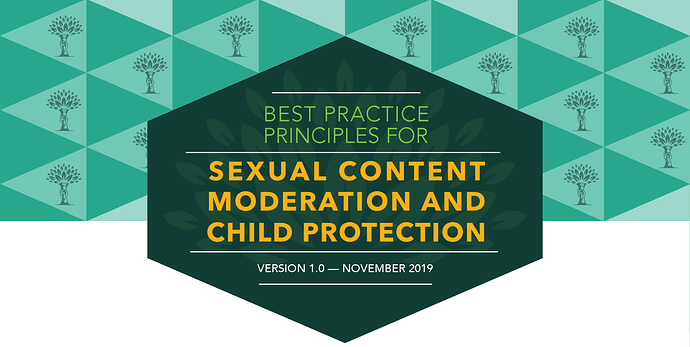If you are reading this post, you have probably volunteered or been invited to collaborate on a set of best practice principles for sexual content moderation and child protection that are being developed as part of our Multi-Stakeholder Dialogue on Sex, Human Rights, and CSA Prevention. The 0.1 version of the draft was developed based on the discussions at our San Francisco event on May 23, and we are working towards presenting a subsequent draft (whichever version number we can iterate to between now and then) at our workshop at RightsCon on June 13.
Here are the two most important documents that you may like to have reference to in providing your feedback:
- Draft background paper for the RightsCon meeting (the draft principles are on page 33)
- Protecting Free Expression in the Era of Online Content Moderation (the Access Now document that we are using as a basis for the principles)
And here are links to separate discussion threads on each of the individual principles. Please provide your comments on the individual principles in the threads below.
- Prevention of harm
- Evaluation of impact
- Transparency
- Proportionality
- Context
- Non-discrimination
- Human decision
- Notice
- Remedy
You can use this master thread for general discussion about the principles, such as:
- Should we give them a more memorable name?
- Are the Access Now principles a flexible enough basis for what we want to cover?
- How operationally specific do we want to get in these principles?
- Should we also be working on a set of template or model terms of service related to child protection?
